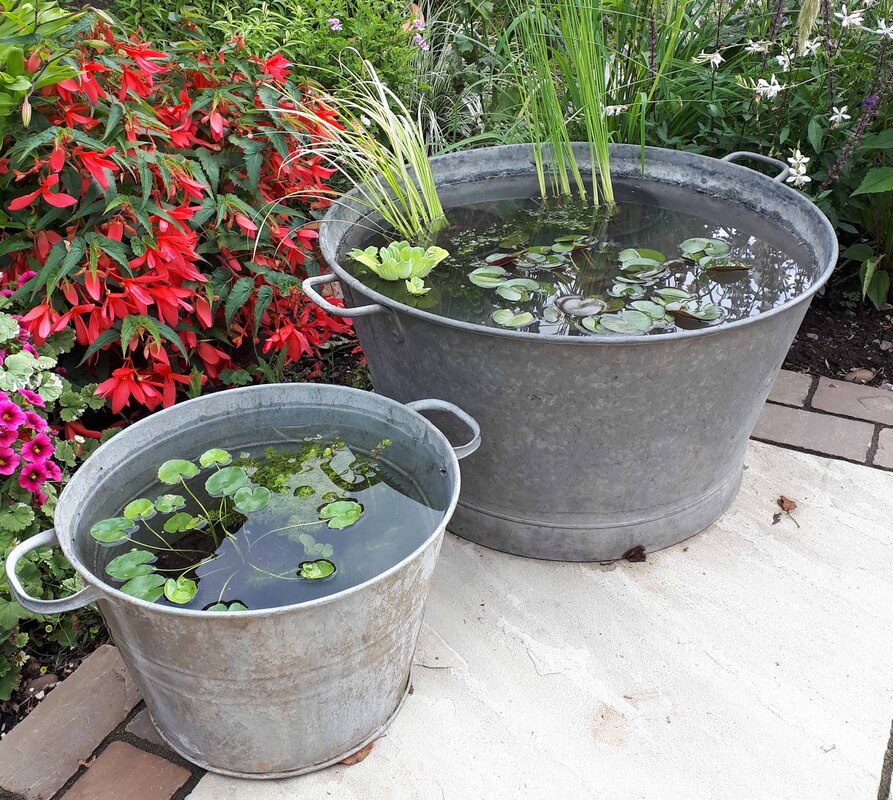
Sustainable Front Yard No Grass Landscape Solutions
Introduction
Embrace sustainability and curb appeal simultaneously with no-grass landscape solutions for your front yard. Let’s explore how to design an eco-friendly outdoor space that’s both visually appealing and environmentally conscious.
Choosing Native Plants
Native plants are the cornerstone of a sustainable front yard. Opt for species that are indigenous to your region as they require less water, fertilizer, and pesticides. Native plants also provide habitat for local wildlife and contribute to biodiversity. Research which plants thrive in your area’s climate and soil conditions to create a resilient and low-maintenance landscape.
Xeriscaping Techniques
Xeriscaping is a water-efficient landscaping method that minimizes the need for irrigation. Incorporate xeriscaping principles into your front yard design by using drought-tolerant plants, mulching to retain moisture, and implementing efficient irrigation systems such as drip irrigation or rainwater harvesting. Xeriscaping not only conserves water but also reduces maintenance and promotes a healthy ecosystem.
Hardscaping Elements
Integrate hardscaping elements into your front yard design to reduce the need for grass. Use materials such as gravel, stone, or pavers to create pathways, patios, and seating areas. Hardscaping not only adds visual interest and texture to your landscape but also minimizes water usage and maintenance compared to traditional grass lawns.
Rain Garden Features
Incorporate rain garden features into your front yard to manage stormwater runoff and promote water conservation. Rain gardens are shallow depressions planted with water-loving vegetation that help absorb and filter rainwater before it reaches storm drains or waterways. By capturing rainwater on-site, rain gardens reduce erosion, prevent flooding, and replenish groundwater supplies.
Artificial Turf Alternatives
Consider using artificial turf as an alternative to traditional grass lawns in your front yard. Synthetic turf provides the look and feel of real grass without the need for mowing, watering, or fertilizing. Choose high-quality artificial turf made from recycled materials and opt for varieties that are permeable to allow for proper drainage and prevent runoff.
Vertical Gardening Solutions
Maximize space and add greenery to your front yard with vertical gardening solutions. Install trellises, arbors, or living walls to support climbing plants such as vines, ivy, or climbing roses. Vertical gardens not only beautify your outdoor space but also provide habitat for pollinators and beneficial insects, improving overall ecosystem health.
Sustainable Lawn Alternatives
Explore alternative ground cover options to grass lawns that require less water and maintenance. Consider planting ground covers such as clover, thyme, or creeping Jenny, which are drought-tolerant, low-growing, and provide year-round interest. These sustainable lawn alternatives require minimal mowing and fertilizing while enhancing the visual appeal of your front yard.
Pollinator-Friendly Plantings
Attract pollinators such as bees, butterflies, and hummingbirds to your front yard with pollinator-friendly plantings. Choose a variety of flowering plants that provide nectar and pollen throughout the growing season, such as coneflowers, bee balm, and butterfly bush. Pollinator-friendly gardens not only support biodiversity but also contribute to food production and ecosystem resilience.
Edible Landscape Design
Incorporate edible plants into your front yard landscape to create a productive and sustainable outdoor space. Plant fruit trees,

